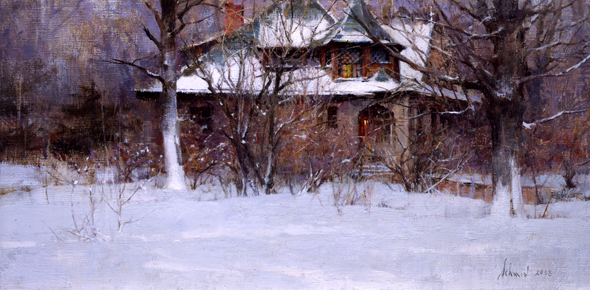In the previous volume, the nature and behavior of light was explored from a scientific point of reference. Given the discussions about particles and lightwaves, you may have even thought you had opened up a section of a physics textbook, rather than an article about art! Approaching the study of light in this way is essential for the artist in the same way as studying the physics of sound and the mechanics of a piano is to a master pianist—it is all part of learning the craft. Harnessing this fundamental knowledge will bring a more refined approach to your work and aid in improving observation skills.
In this next section on the palette, more practical applications will be presented to this somewhat abstract thinking about light and color. The palette and the inherent limitations of working with pigments will be explored. In addition, ways to approach painting relationships to effectively portray what you see will be covered, including advice and a demonstration from Richard on how to paint the illusion of light.


